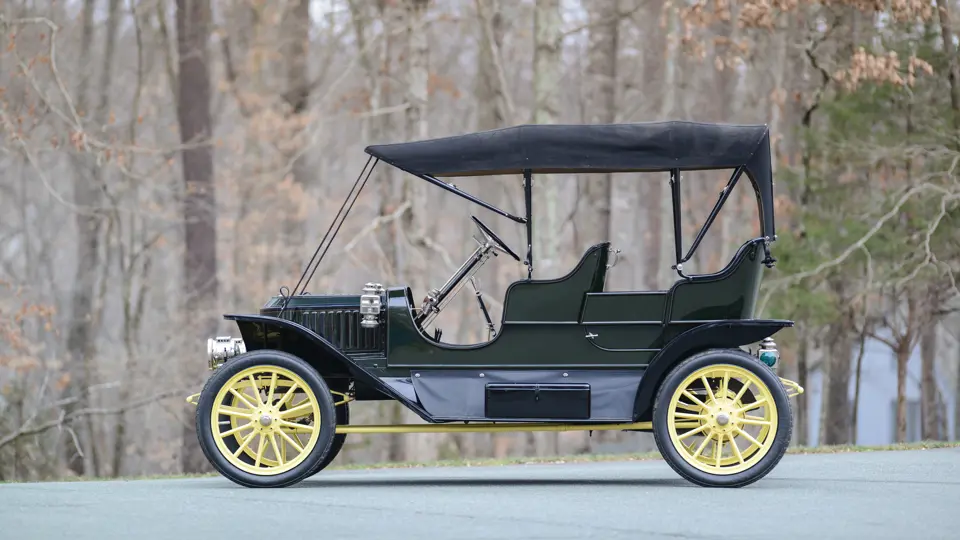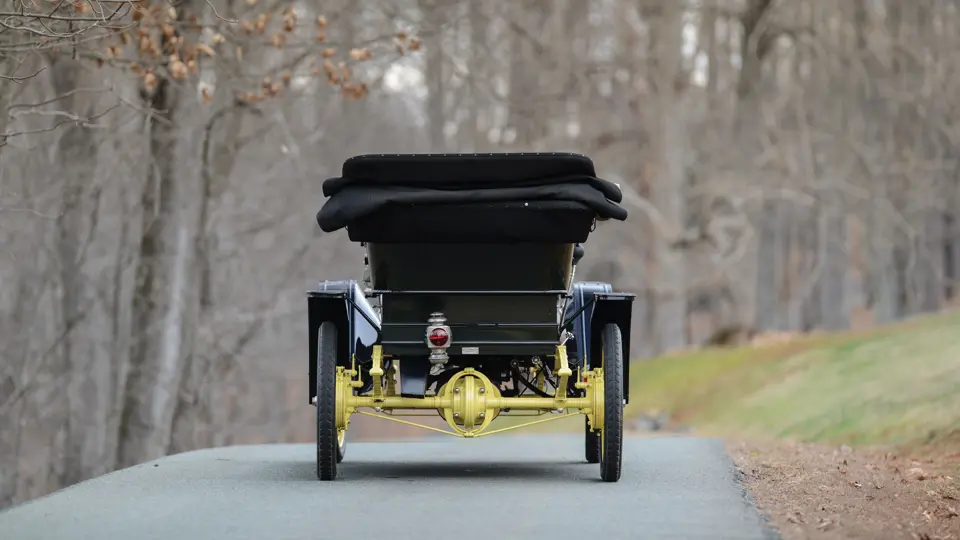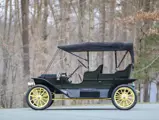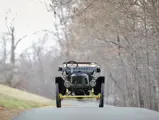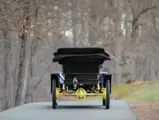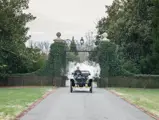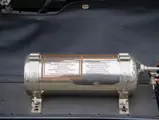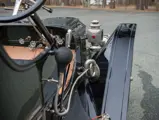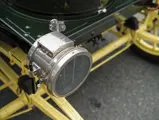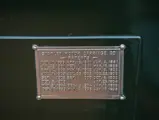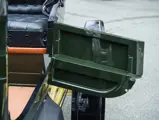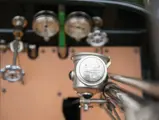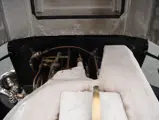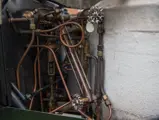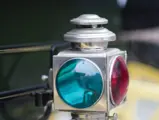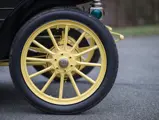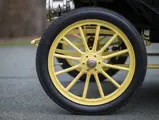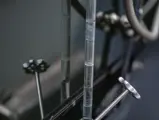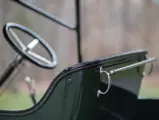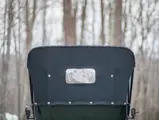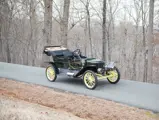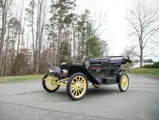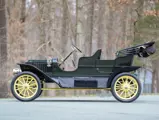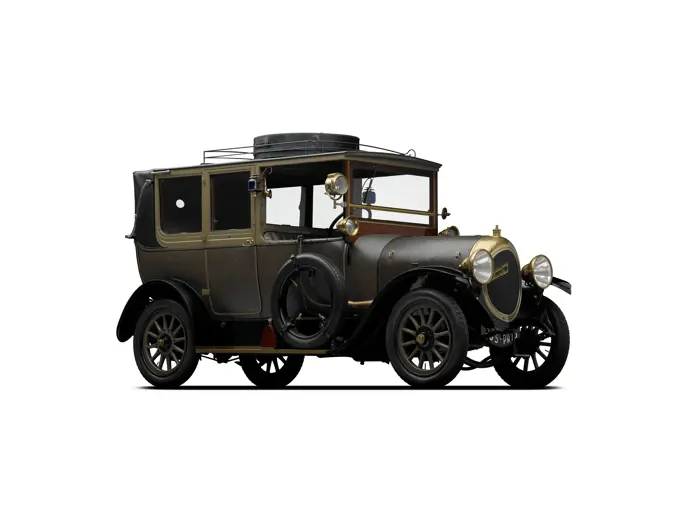10 hp, two-cylinder double-acting steam engine, solid front axle with front and rear full-elliptic leaf-spring suspension, and rear drum brakes. Wheelbase: 104 in.
The Fodor Family of Norwalk, Connecticut, is well known in Stanley circles; one of the elder Fodors assembled a collection of cars and other oddities in the early 20th century, and these were inherited by his nephews and retained until the early 1990s. Chassis number 6076 was liberated from its half-century slumber in the barn in 1994, having reportedly spent most of this time “buried in a pile of straw.” At the time, it was related that the car had been running as late as the 1940s and may have been owned by the Fodors as early as the 1930s; the family had letters from early collector James Melton, who made multiple unsuccessful attempts to acquire this car.
Christopher Hutchins of Brewer, Maine, subsequently acquired the Stanley and entrusted the renowned firm of Paul Russell & Co. in Essex, Massachusetts, to return her to original specification. Research and analysis of the best examples extant were performed and the expertise of the most respected Stanley experts utilized. Coachwork was entrusted to Mark Herman, while work elsewhere included the boiler to Don Bourdon, upholstery to Mike Curley, and plumbing assistance to Charlie Johnson. The original toy tonneau body was refinished in Brewster Green, with yellow wood-spoke wheels, chassis, and suspension. Original equipment includes Rushmore Searchlight headlamps with the correct Prest-O-Lite acetylene tank, and the original E&J side lamps, taillight, and instrument light are powered by kerosene. The four passenger seats were reupholstered to the original pattern in black leather, and the top was recovered.
Great resources were expended in ensuring that this example was finished as closely as possible to the way it was when it left the Stanley factory in Newton, Massachusetts, over 85 years earlier. As evidence of this, the completed chassis number 6076 was displayed at the Pebble Beach Concours d’Elegance in 1997, where judges awarded it Second in Class. The following year, it successfully completed the “Steaming through the Rockies” rally, a tour that it completed without difficulty.
Subsequently, the Stanley was purchased by the renowned collector William Ruger Jr., who returned it to Don Bourdon for the installation of a new super-heater, boiler resealing, and reversible installation of an engine “beef up kit,” which included heavier connecting rods, crank throws, piston rods, and wrist pins to correct some inherent weaknesses in the 10-horsepower engines. Also installed by Don Bourdon was an invisible upgrade called an economizer, which builds steam faster by utilizing exhaust heat, and a new exhaust duct feed-water heater, which was not originally used in 1911 but was incorporated by Stanley in 10-horsepower cars by 1914.
The car retains its original single-fuel system for the pilot and main burner, which is simpler than later dual-fuel models and uses regular unleaded gasoline. Today, the finish of its paint, top, and upholstery remains in excellent order due to the quality of craftsmanship and care it has received since restoration, and the car—still one of the nicest Stanleys extant—presents a plethora of concours and tour opportunities for its new owner.
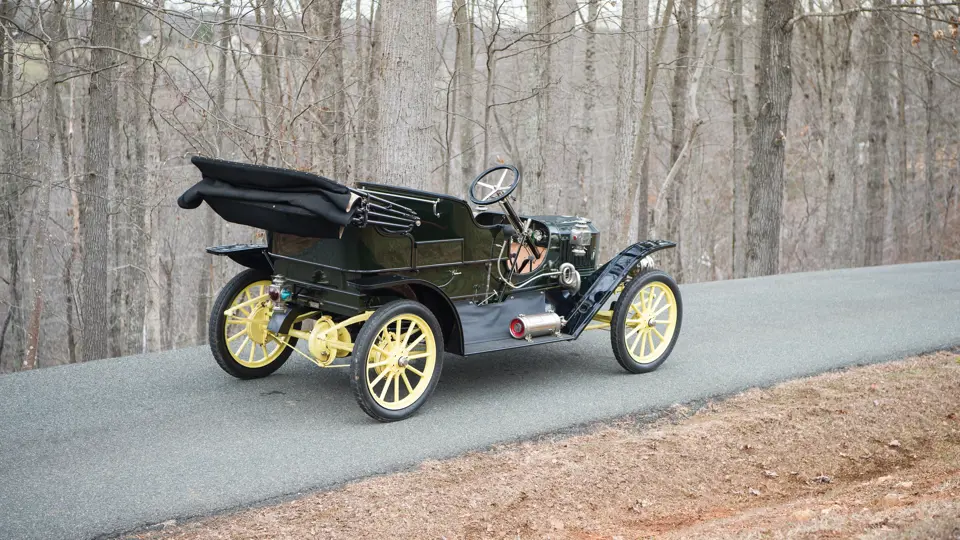



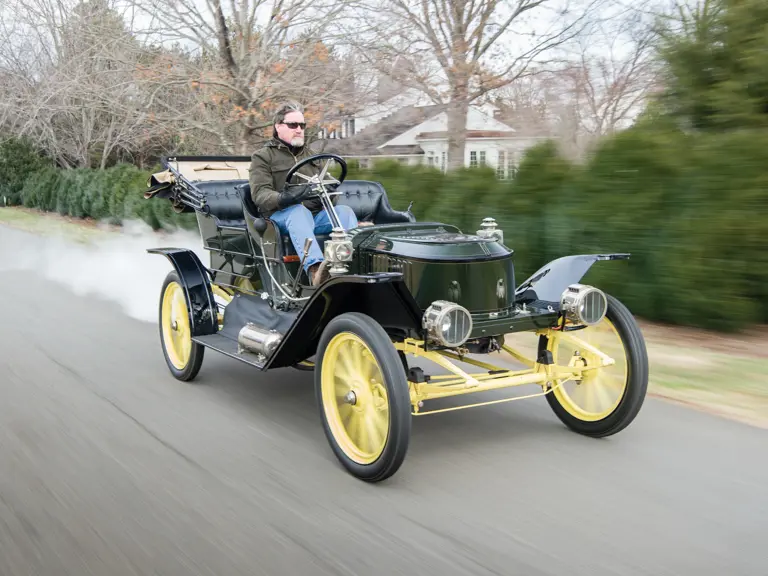
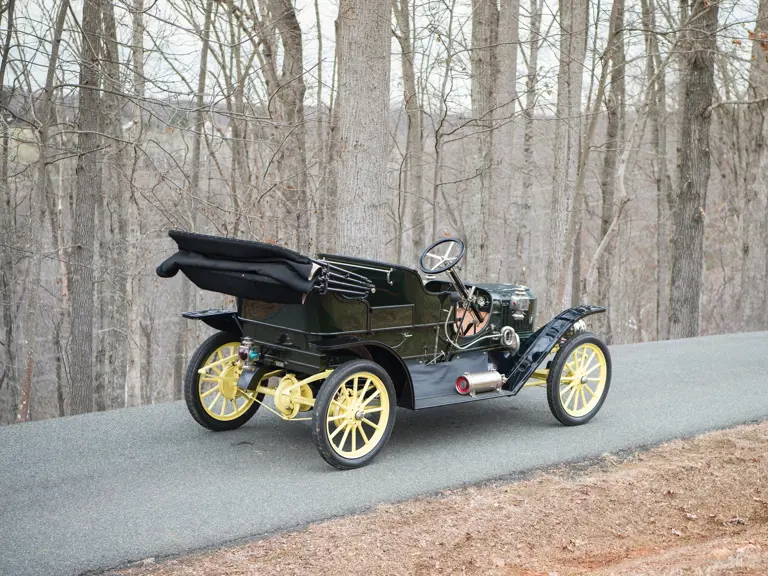
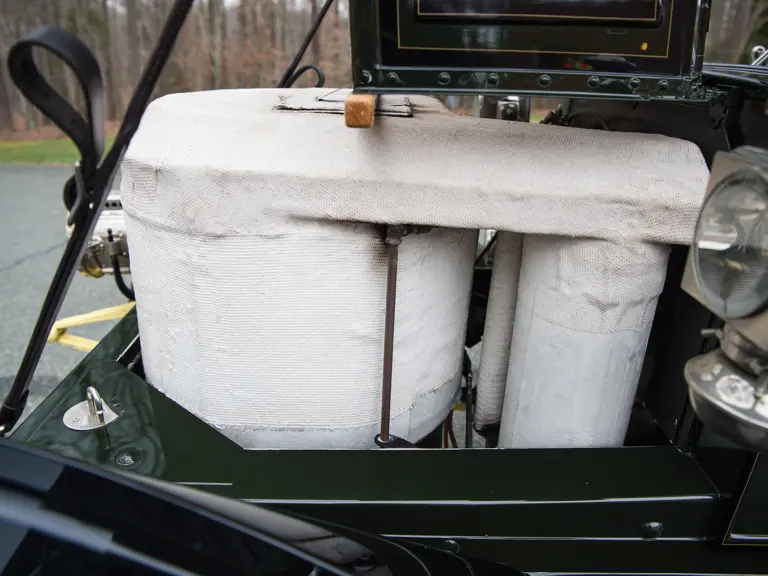

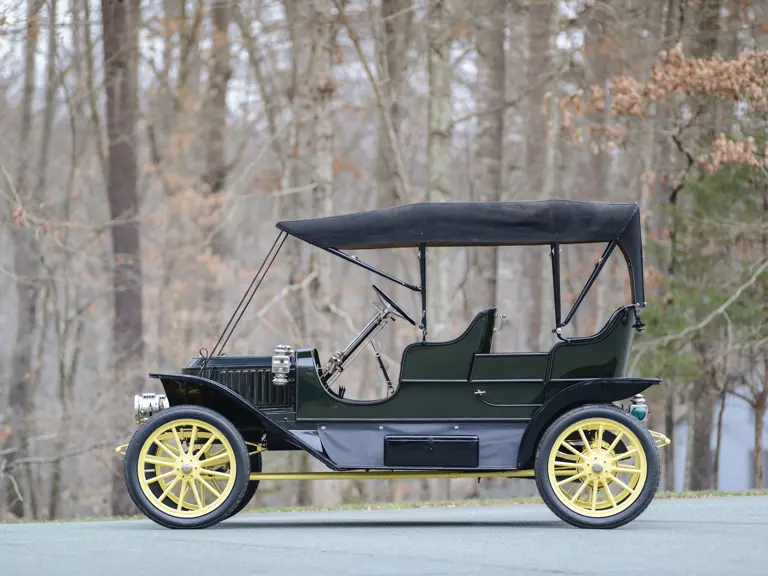
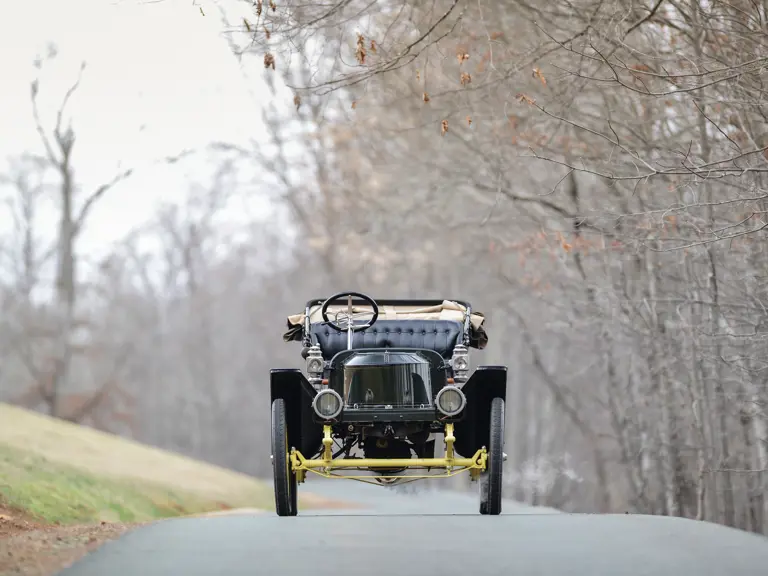
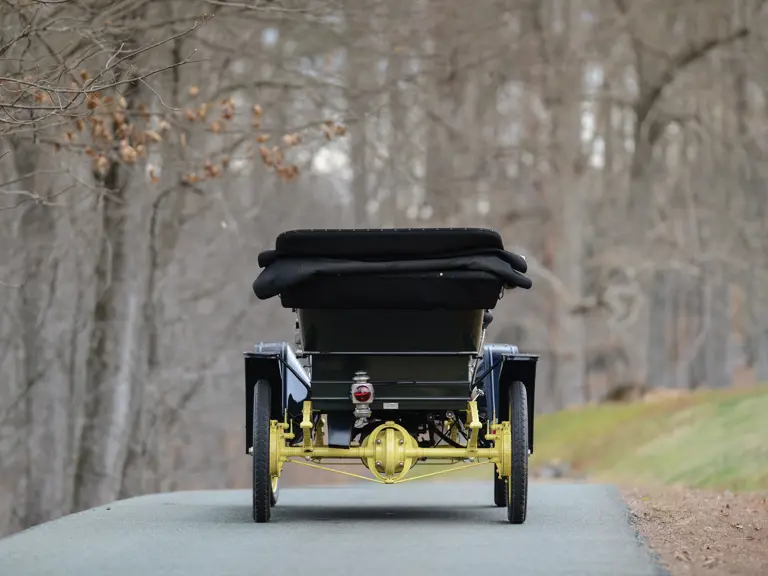
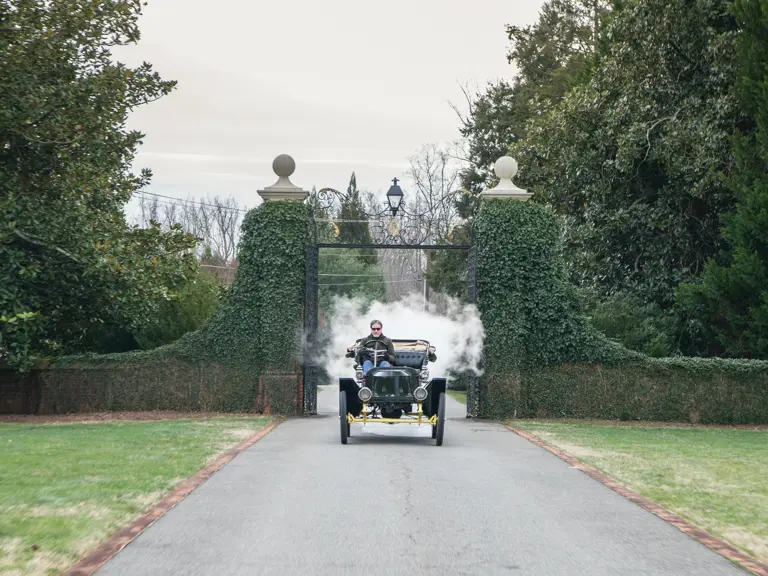

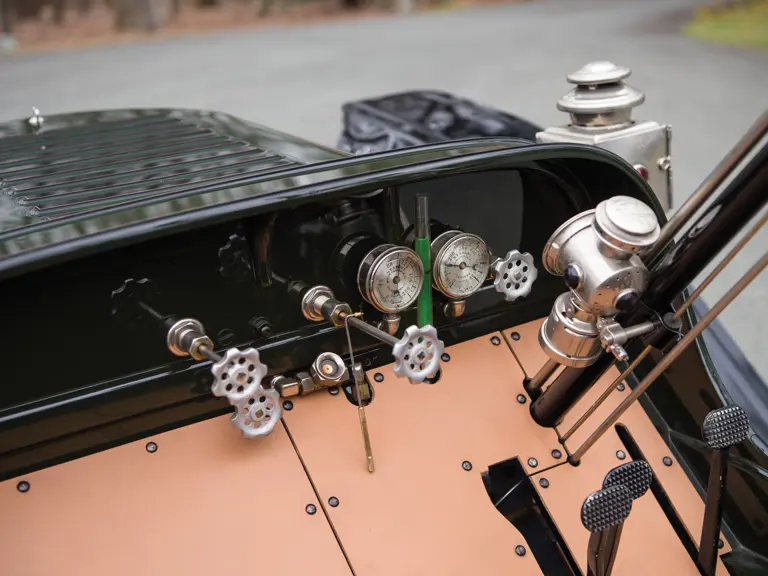
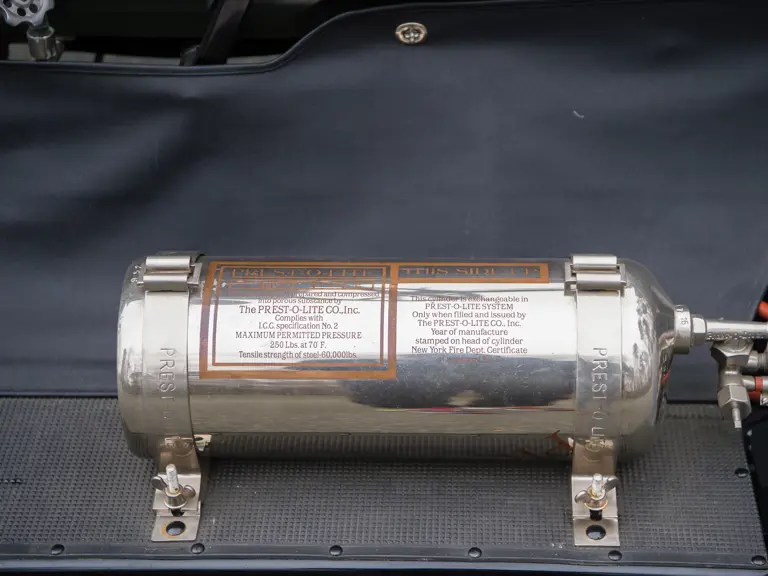
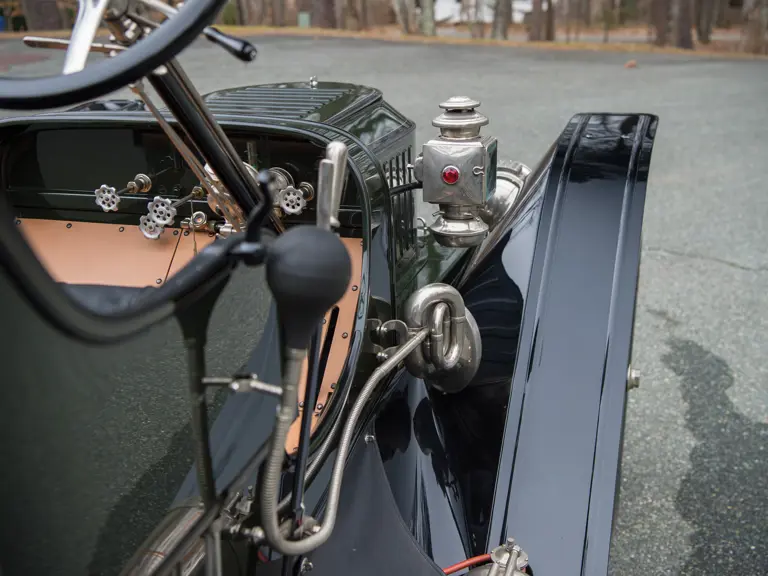
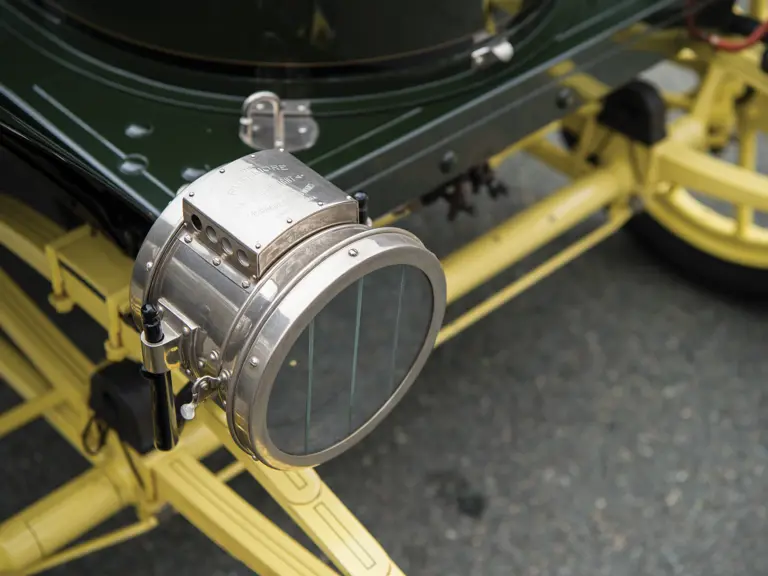
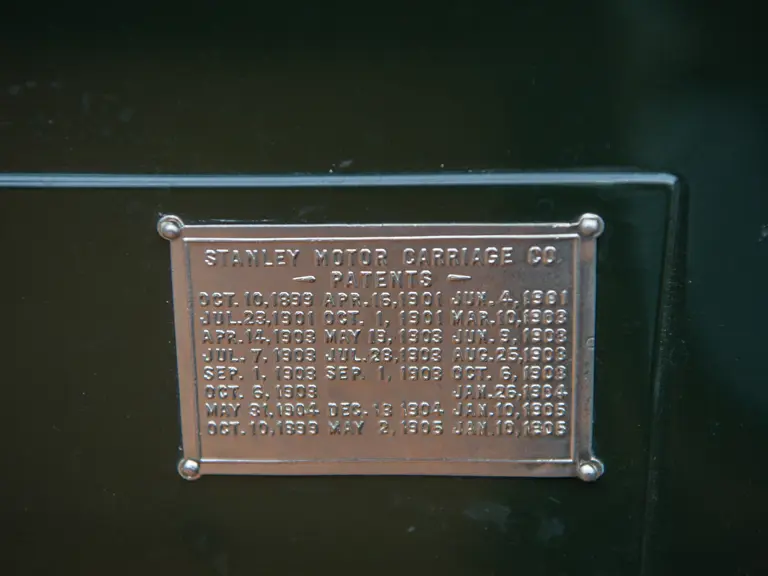
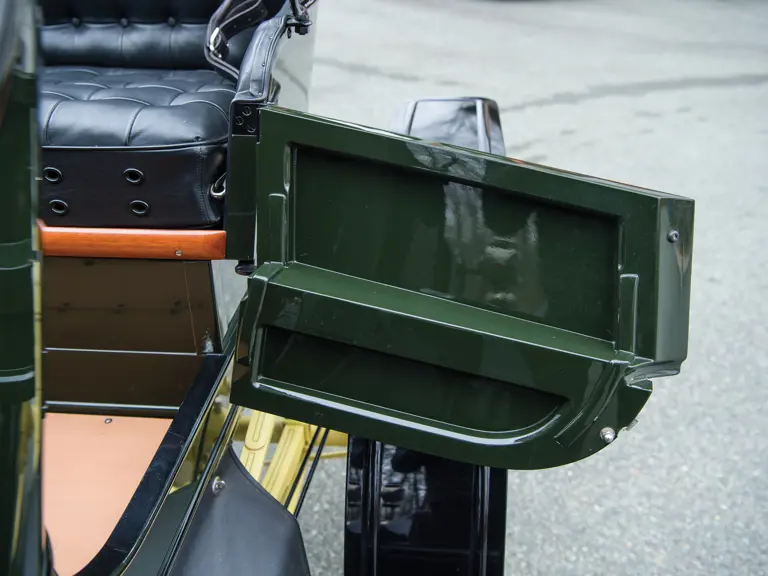
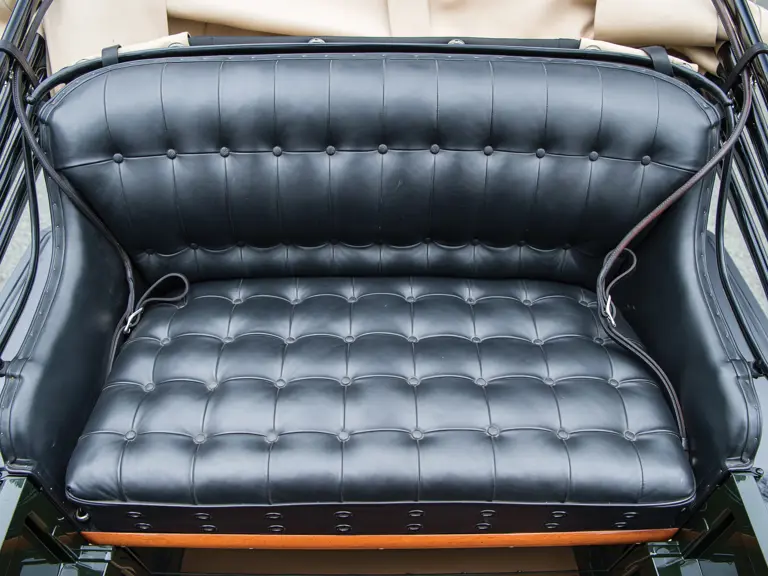
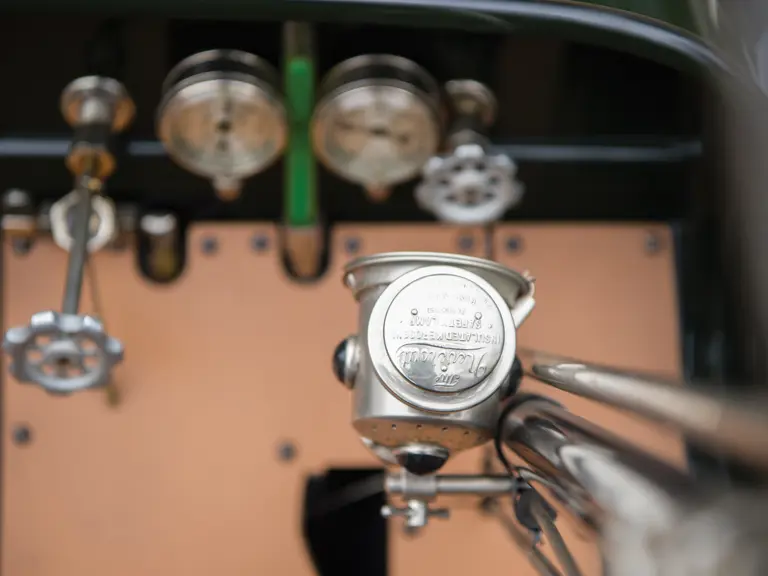
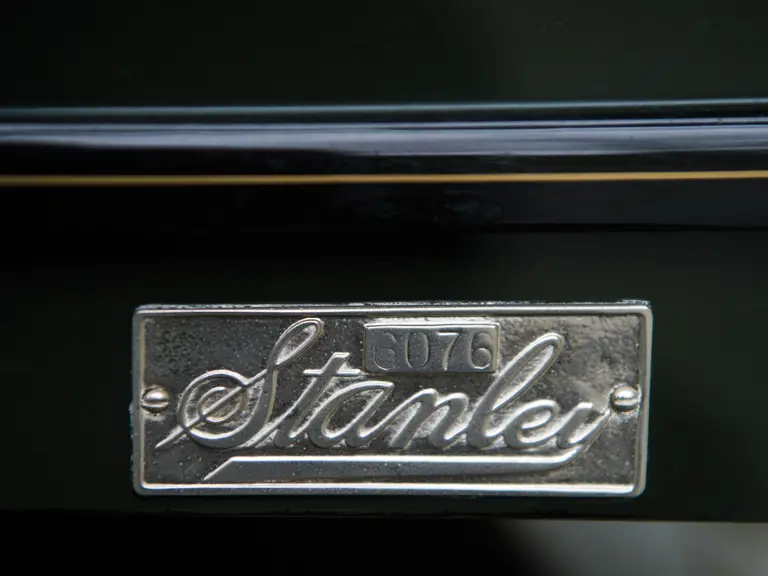


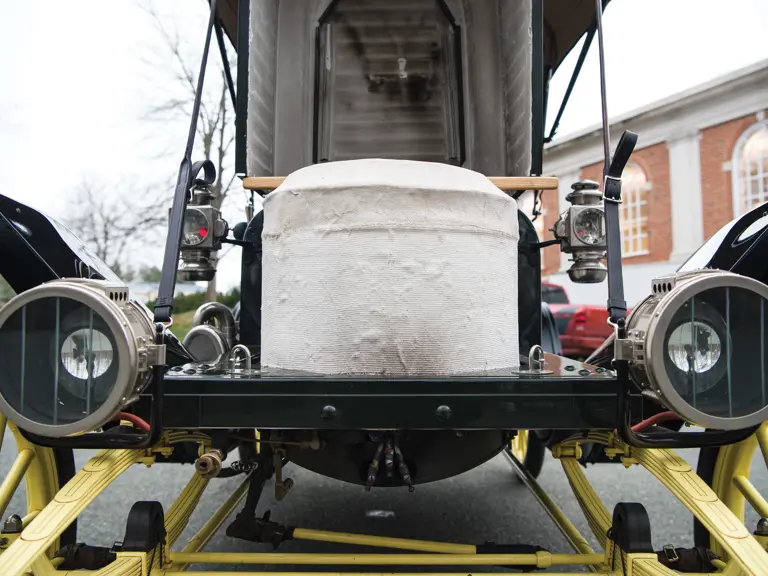


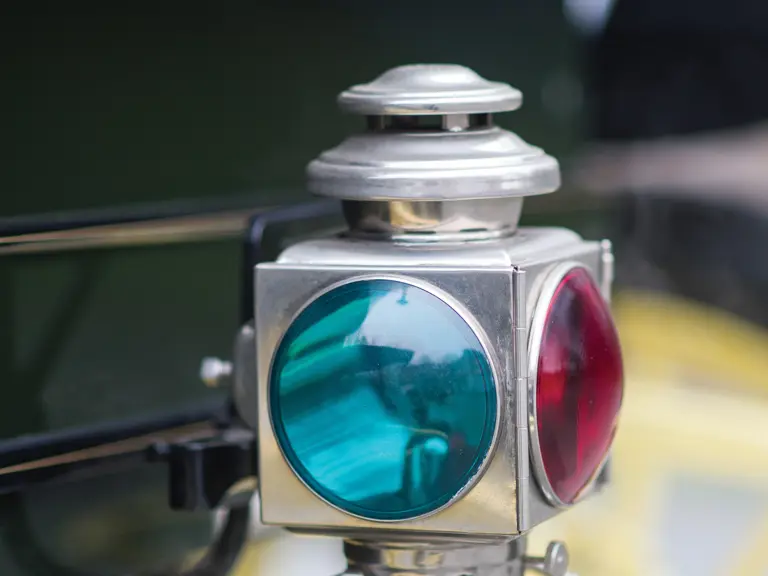
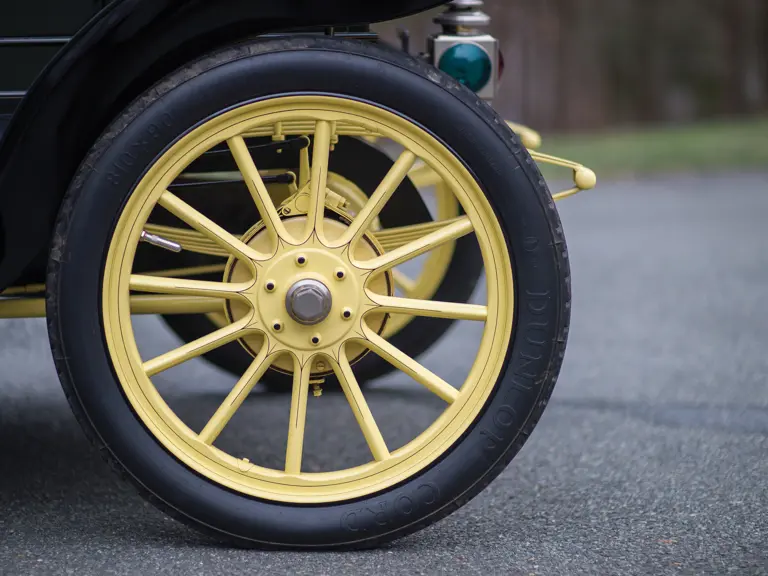
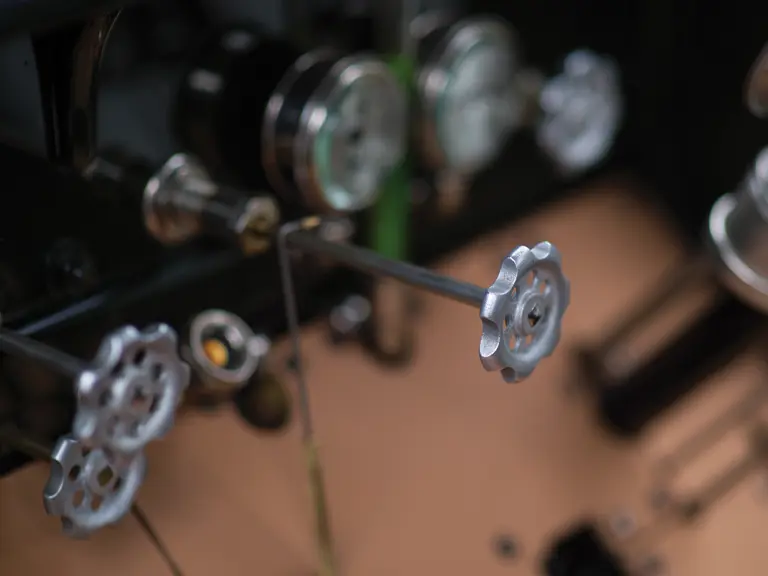
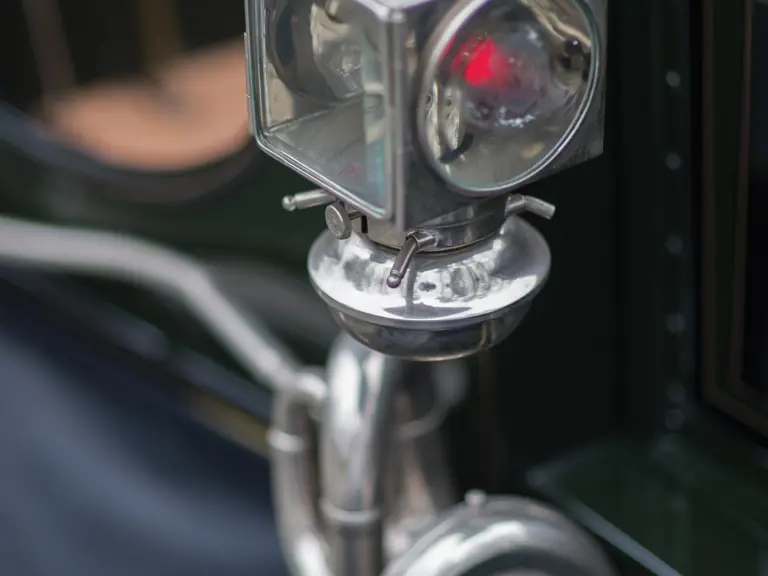

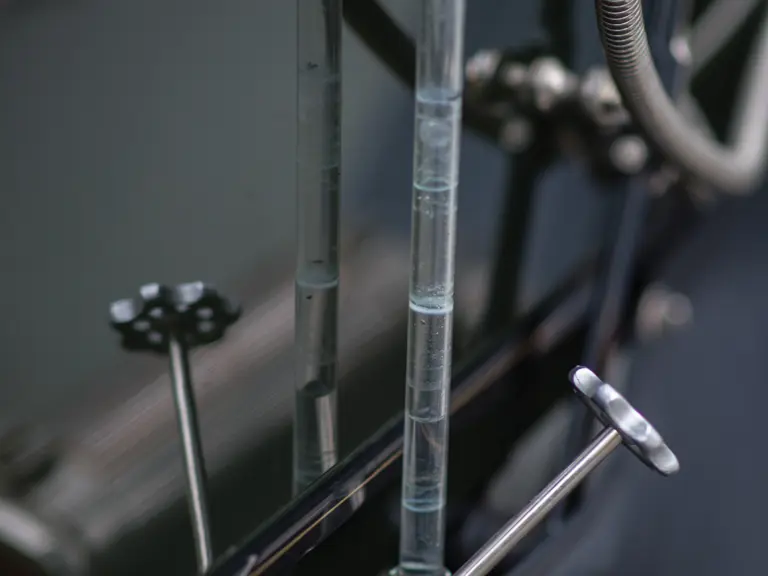
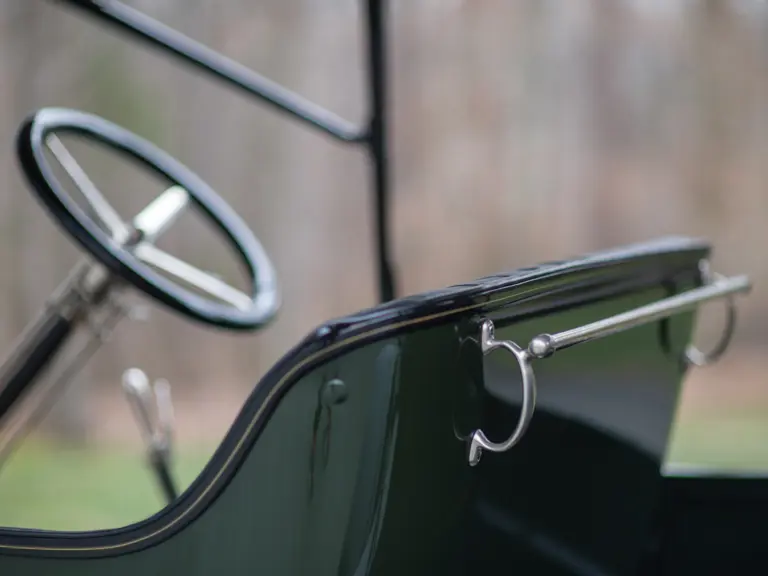
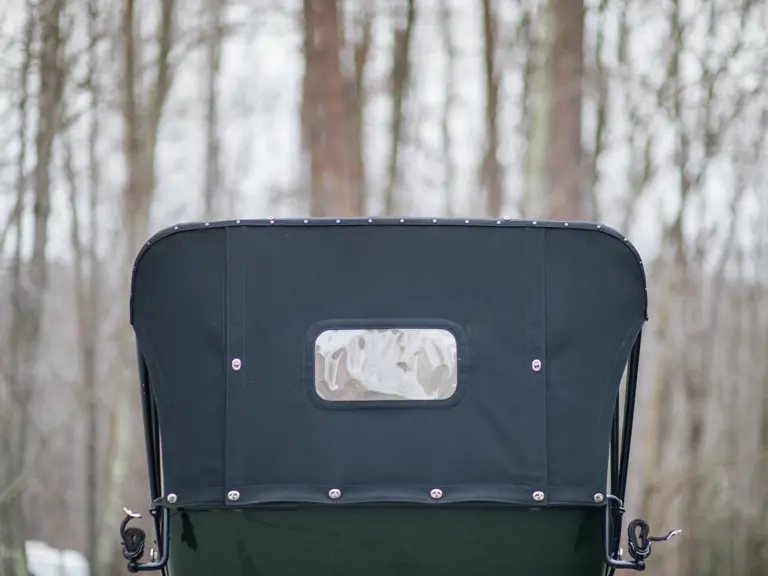
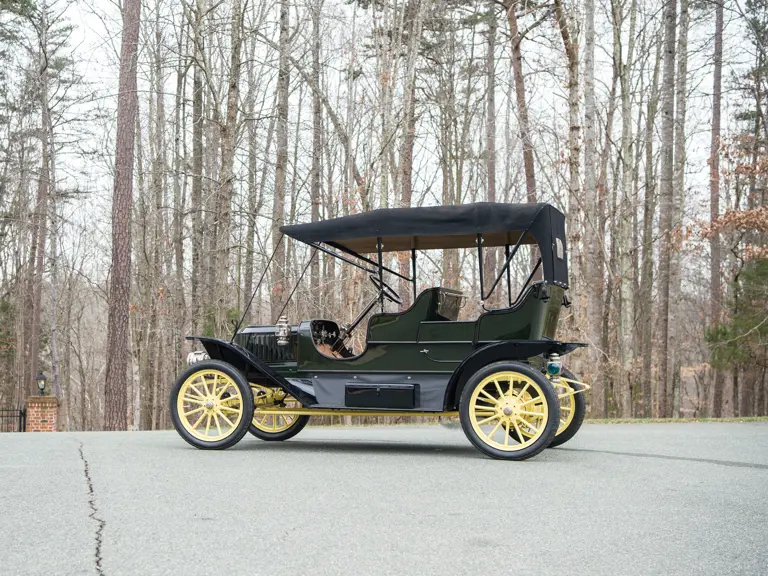
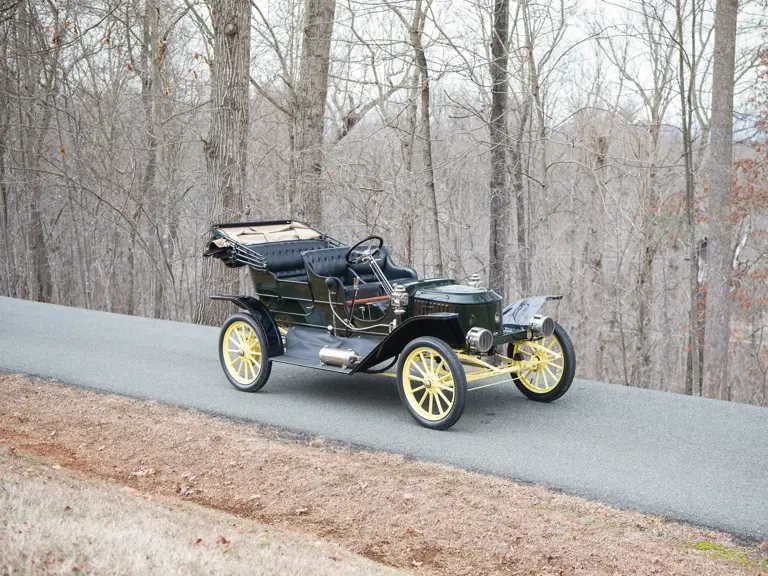
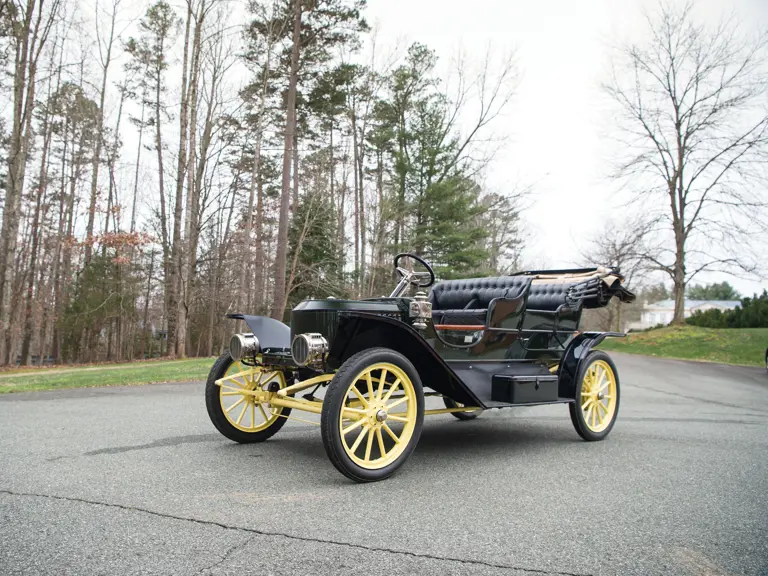
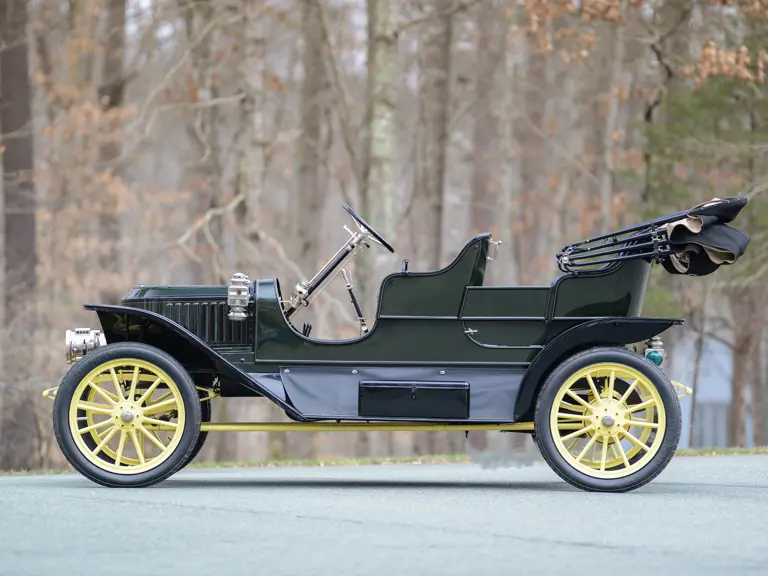

 | Amelia Island, Florida
| Amelia Island, Florida
